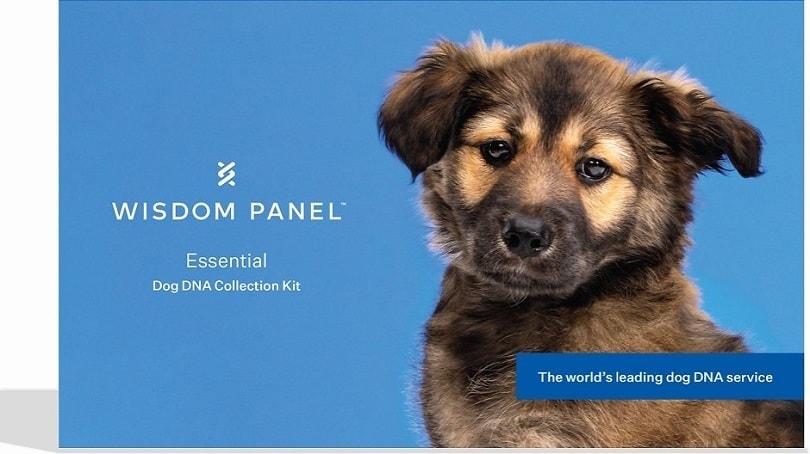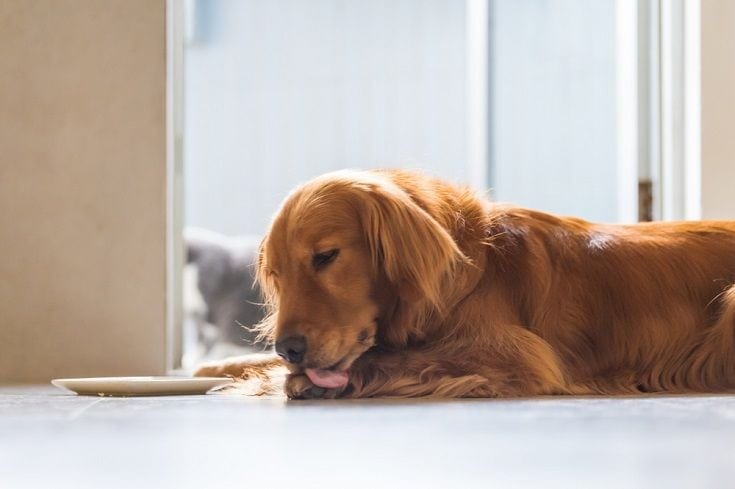Polish Tatra Sheepdog vs Great Pyrenees: The Differences (With Pictures)

Updated on
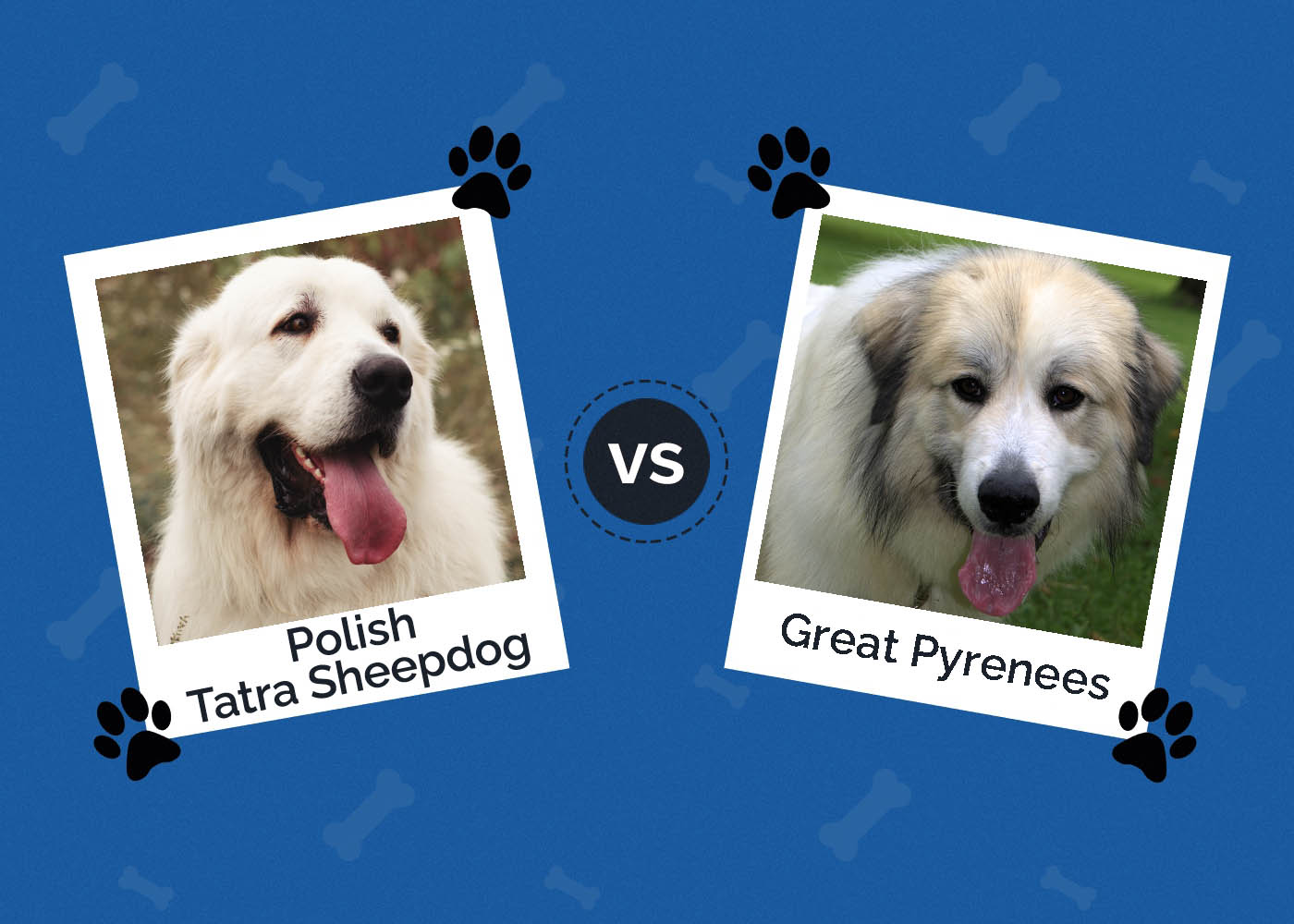
Click to Skip Ahead
Choosing the right dog for your family can be tricky, especially when one breed is rare in the United States, and you might not have seen them in person, like the Polish Tatra Sheepdog.
At first glance, the Polish Tatra Sheepdog and Great Pyrenees are very similar dogs, but if you’re in the fortunate and tricky position of having to choose one, you might be wondering what the differences are between them. Does one have more exercise needs than the other? Is one better with children? We have all the answers to your questions, and by the end of this article, you’ll be one step closer to finding the perfect dog for your family!
Visual Differences
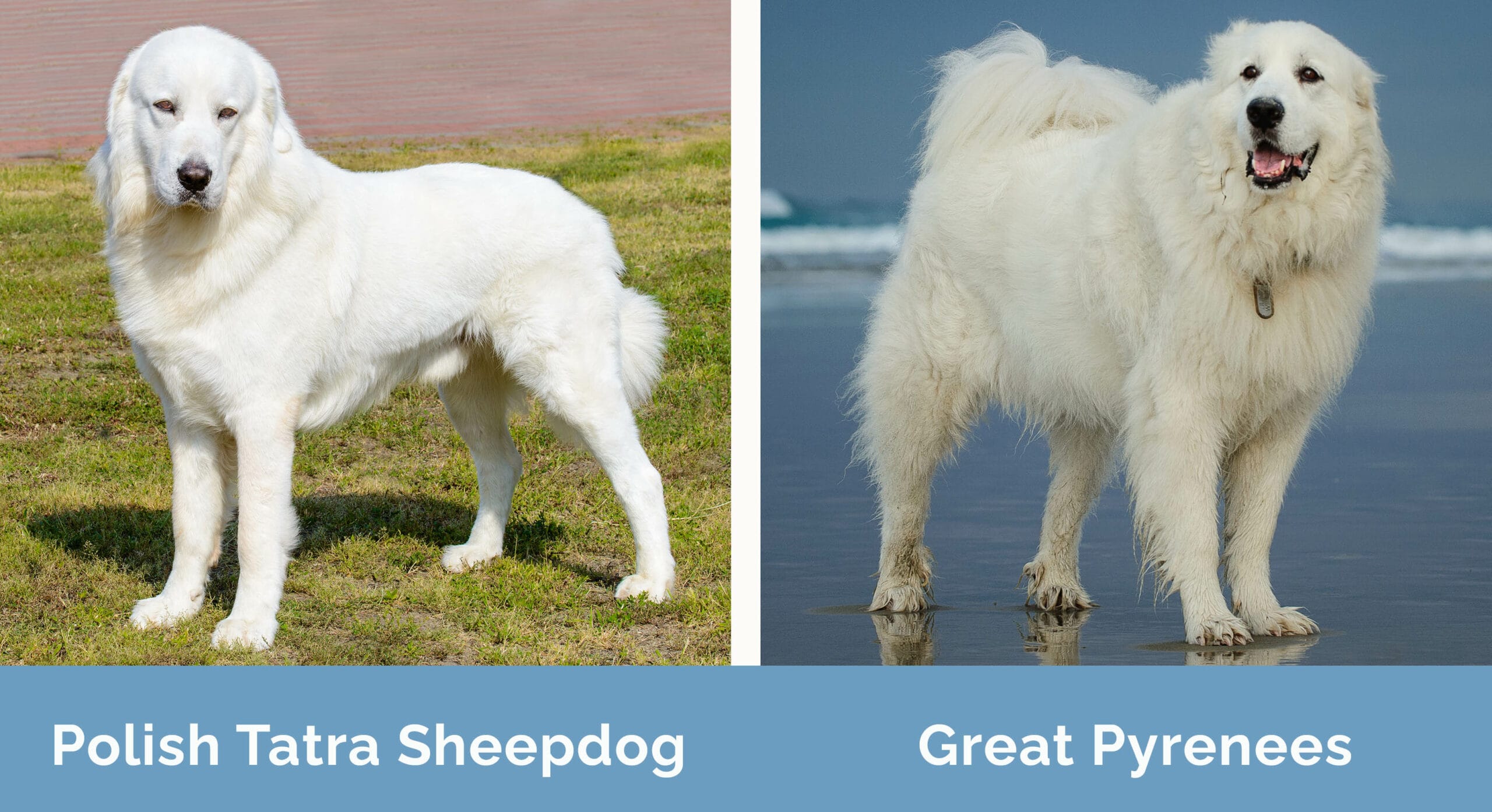
At a Glance
- Average height (adult): 24–28 inches
- Average weight (adult): 80–130 pounds
- Lifespan: 10–12 years
- Exercise: 1+ hours a day
- Grooming needs: Moderate
- Family-friendly: Yes
- Other pet-friendly: Often
- Trainability: Intelligent, easily bored, loyal, stubborn
- Average height (adult): 27–32 inches
- Average weight (adult): 100–140 pounds
- Lifespan: 10–12 years
- Exercise: 40+ minutes a day
- Grooming needs: Heavy
- Family-friendly: Yes
- Other pet-friendly: Often
- Trainability: Intelligent, devoted, cooperative, affectionate
Polish Tatra Sheepdog Overview
The Polish Tatra Sheepdog can be traced back centuries to southern Poland and, most specifically, to the Tatra Peaks of the Carpathian Mountains. They were initially bred to be guardians, and despite their intimidating size, they are gentle.
This calm disposition can be linked back to their work, protecting flocks of livestock and families, which they’ve done as long as they’ve been domesticated. They’re not only incredibly intelligent, but they are also strategic. They attack because they have to and not through aggression. This demeanor is what makes them such a fantastic choice for children.
The Polish Tatra is a rare breed outside of Poland, so it makes sense if you don’t know much about them. It’s thought there are only around 7,500 Polish Tatra Sheepdogs in the world. However, their numbers are thought to be growing, so they aren’t going extinct anytime soon.
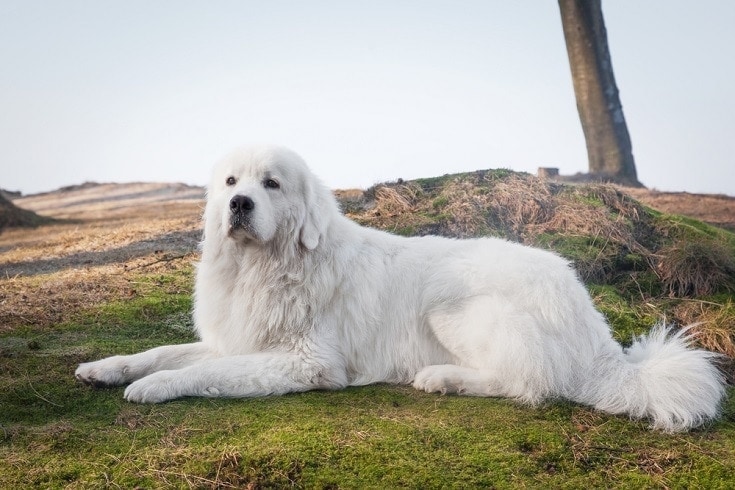
Personality / Character
Polish Tatra Sheepdogs are loyal, sweet, patient, and loving dogs, but they’re not very obvious about it. They will protect you from danger, but if you’re looking for a dog to curl up on the couch with, this is not the dog for you. They prefer to keep watch from a distance and make excellent guard dogs for kids, but don’t expect them to play in the yard.
They love having a job and need something to keep their minds busy. If you have a large yard, they will roam it to ensure everything is safe. They are suspicious of strangers but won’t show aggression unless they feel it’s required to keep their family safe. This also goes for other pets.
They are generally calm around other dogs and small pets but aren’t likely to tolerate aggression. Polish Tatras are great family dogs that won’t pose a risk to your neighbors or visitors.
Training
As Polish Tatra Sheepdogs are so intelligent and eager to please, training is easier than with other breeds. However, they are known to have a stubborn streak, so having a little experience with dog training will help. They get bored easily, so training must be kept entertaining, engaging, and varied.
They will likely ignore you and distance themselves if you use harsh words and are irritated with them; Polish Tatra Sheepdogs work much better with positive reinforcement. They do well with regular obedience training, which will also mentally tire them out. They’re not recommended for agility training, not because they lack athletic ability, but because all the jumping and running involved can put strain on their joints and back.
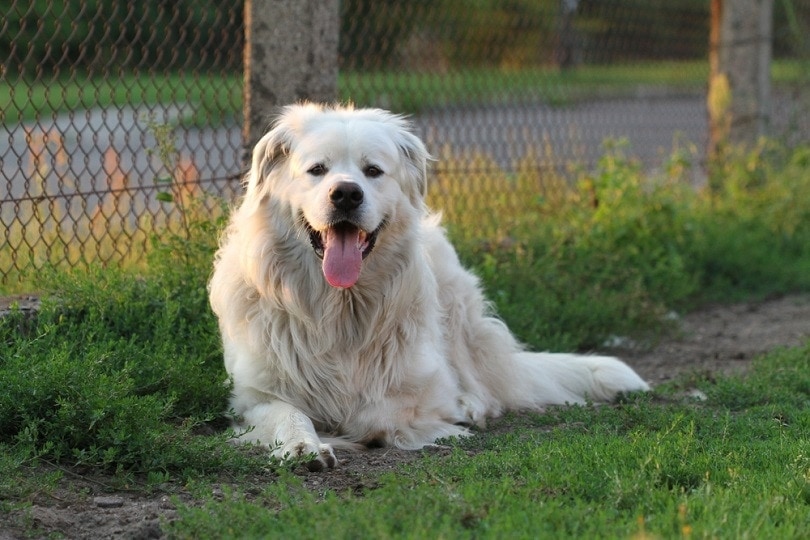
Health & Care
Thankfully, Polish Tatra Sheepdogs are relatively healthy and aren’t prone to many congenital diseases. Many of the problems this breed encounters are through a lack of exercise or poor diet choices, so it’s vital that you ensure they are kept active but not too active. Getting the balance right is imperative since they are heavy animals, and anything too strenuous can be hard on their joints.
You should also serve a high-quality diet. It’s best not to free-feed them so you can monitor any changes to their eating habits. They also eat a lot, as you might expect, so you must ensure you can afford to feed them before bringing one into your family.
- Allergies
- Cataracts
- Cystinuria
- Ear infections
- Hip and elbow dysplasia
- Patellar luxation
Exercise
Polish Tatra Sheepdogs require plenty of exercise, which isn’t very surprising when you think back to how much they would get running around mountains to fend off predators and protect livestock.
This isn’t a dog that will be happy living in an apartment. They need a large yard or a rural home where they can roam. As they’re so territorial, it isn’t likely that they’ll run away, but they will spend time patrolling the perimeter. If you don’t have a large yard, expect to take them on plenty of walks. Keep their activities varied so they don’t grow bored.

Suitable For:
The Polish Tatra Sheepdog is best suited to an active family with space for them to roam around. They do well with children but don’t expect them to be overly affectionate. If you live on a farm or own livestock, the Polish Tatra is the perfect dog, as they take their job as guard dogs incredibly seriously. You will need time and expertise to train this intelligent, somewhat stubborn dog.
Great Pyrenees Overview
The Great Pyrenees can be traced back 11,000 years ago when their ancestors came through the Pyrenees Mountains around 3000 B.C. They were originally bred to guard and protect herds and flocks from predators and love being outside.
They’re intelligent and can work alone, so they rarely react for no reason. This can also make training difficult because they can refuse to do something if they believe they know better. Training the Great Pyrenees is vital; they can reach up to 160 pounds in some cases, and that is a lot of dog to control.
While they enjoy the outdoors, they can also be found curled up by your side. They’re reliable protectors but also affectionate.
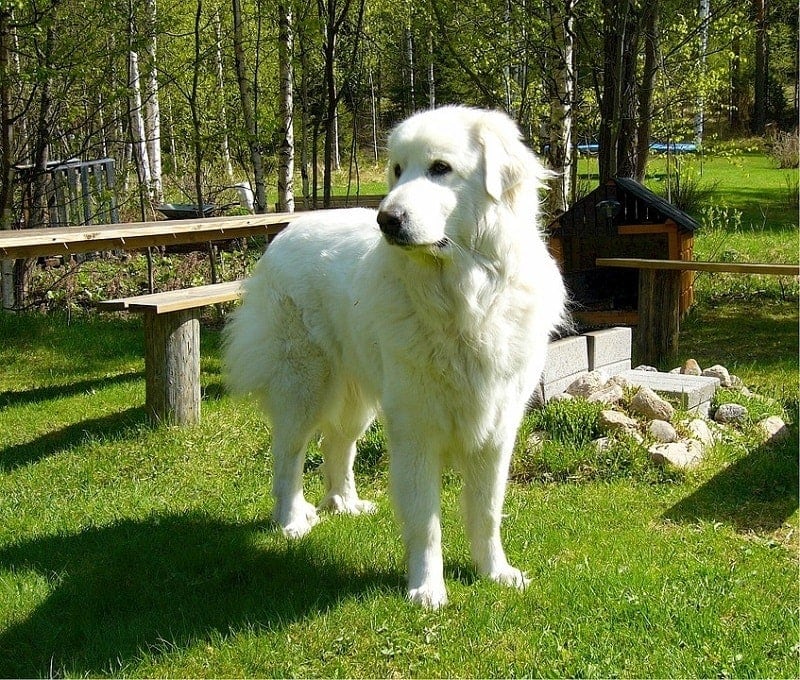
Personality / Character
The Pyr is courageous and devoted to their families; they are the quintessential gentle giant. They are large, sturdy, protective, and devoted to their families. They require a lot of socialization as early as possible, or they can become fearful and aggressive with strangers. They might not allow anyone except family into the home, even with your permission.
However, they’re a social breed and will play with people and other dogs if brought up right. They love children if exposed to them early and regularly, but smaller children might not fare too well during their puppy stage; the Great Pyrenees wouldn’t hurt them on purpose, but they are boisterous and can knock a toddler down easily.
The Great Pyrenees have excellent hearing and will alert you with loud barks if they hear an intruder nearby, even over the sounds of the air-conditioner and music on full blast. This is not a quiet dog; their bark will warn off intruders. Generally, they will greet a stranger with a wagging tail unless they believe the threat is real.
Training
As the Great Pyrenees are so cooperative, training is generally pretty simple. They have a reputation for being stubborn, but many owners find them fun to train as they pick up cues quickly. They have a mind of their own, so if they think they know better, they might refuse to do something. You will have to set clear boundaries while training, so they know who is boss.
The Great Pyrenees is a guardian, so they usually want to get the job done well and exactly how you want it. They aren’t generally used in service work, but they have been known to make great service workers as they’re emotionally intuitive.
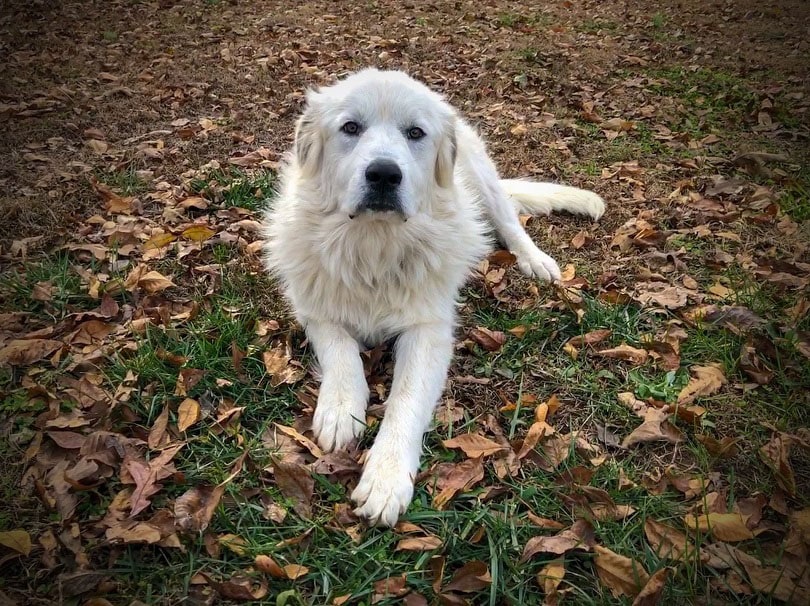
Health & Care
The Great Pyrenees were bred to be sturdy and healthy, which continues to be the case today. However, there are still some problems they’re vulnerable to. It’s essential, therefore, to ensure they get enough exercise, and you feed them a high-quality diet that will support them throughout their lives. You should also keep up to date with your scheduled veterinarian visits. That way, if anything crops up, it will be caught as soon as possible and treated.
- Cataracts
- Chondrodysplasia
- Entropion
- Osteosarcoma
- Skin problems
Exercise
The exercise needs of the Great Pyrenees aren’t great; they need around 20 to 40 minutes a day, which isn’t a lot for a dog this size. You’ll need to carefully monitor what they’re eating to ensure they don’t put on weight. Obesity comes with several problems, such as diabetes and kidney disease, but it can also put added pressure on a dog’s joints, which large dogs already have issues with.
The Great Pyrenees enjoys being cool the most, so expect to have the air-conditioner blasting during the summer. While they love going on hikes and carrying a backpack and gear, refrain from doing so in summer to keep them from overheating.
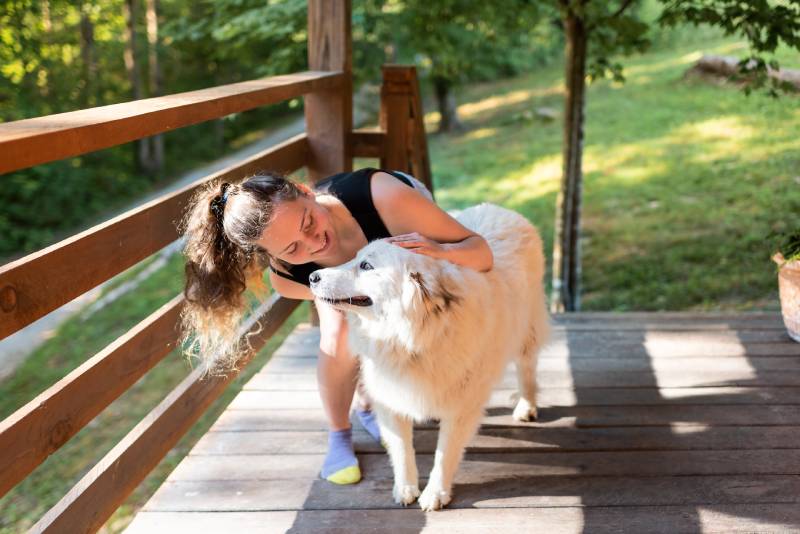
Suitable For:
The Great Pyrenees is a remarkable family dog. They are gentle but take great pride in protecting their families, but they also have a lot of love to give. They aren’t particularly active, but they love being outdoors, so you will need space for them to patrol the perimeter to ensure it’s safe. You will need the time to train and socialize this dog. They are big and can be aggressive if neglected, which is not a combination you want to experience.
Which Breed Is Right for You?
The Polish Tatra Sheepdog and Great Pyrenees are incredibly similar dogs, but slight differences could affect your decision about which one is right for you. The Polish Tatra Sheepdog is loyal and intelligent and has a stubborn streak you will notice most during training.
The Great Pyrenees is much easier to train and tends to be less serious. They get more involved in family life and are more affectionate, while the Polish Tatra is happier to observe everything from afar. If you’re looking for a guard dog most of all, the Polish Tatra Sheepdog is the better choice, but if you’re looking for more of a family dog to cuddle on the couch with, the Pyr is for you.
Featured Image Credit: (L) AleksaMayer, Shutterstock | (R) Susie Prentice, Shutterstock



